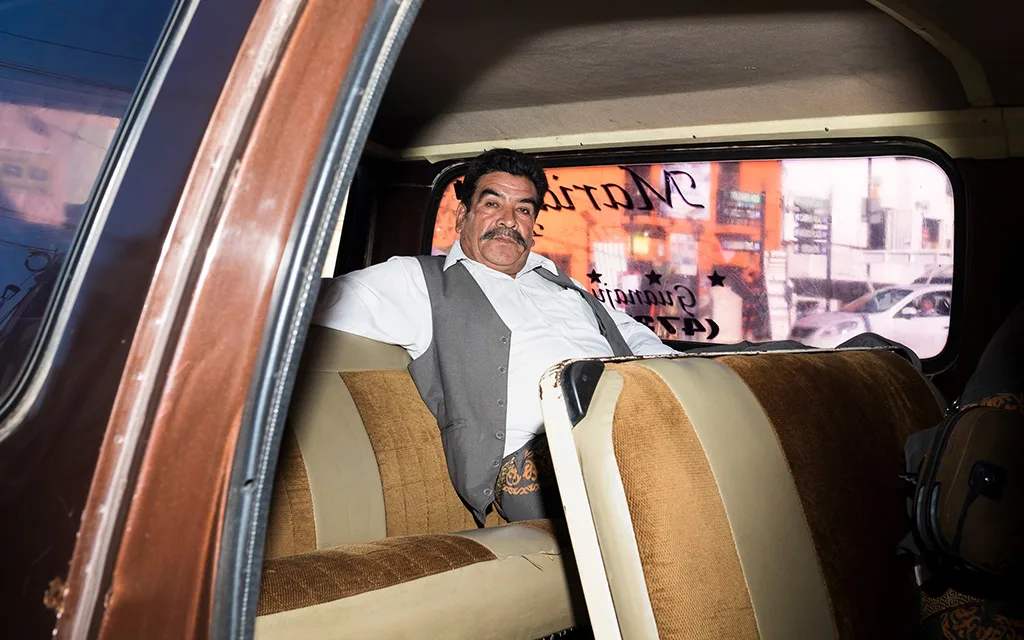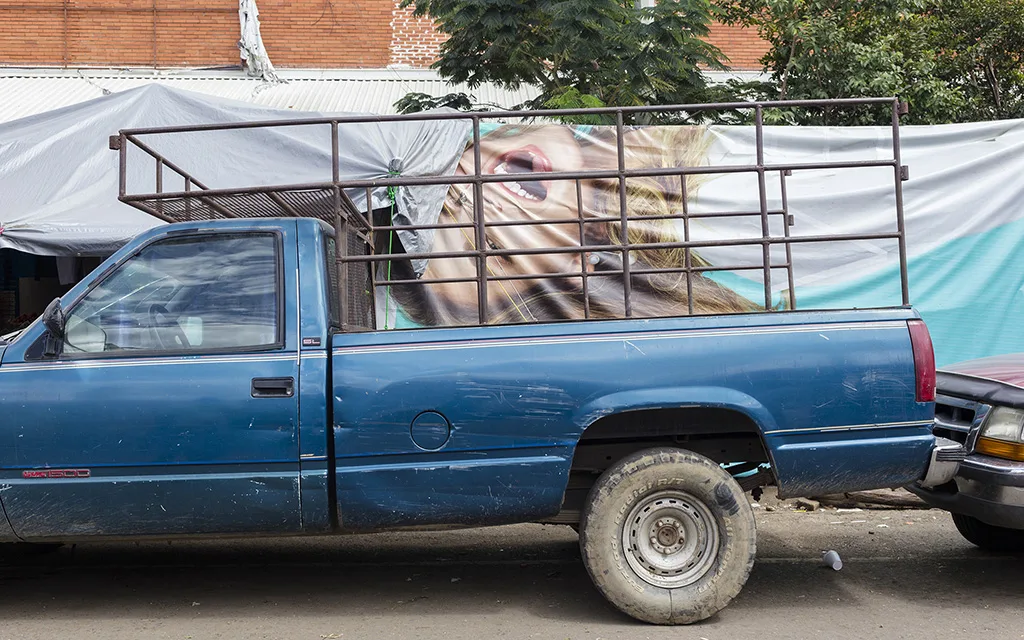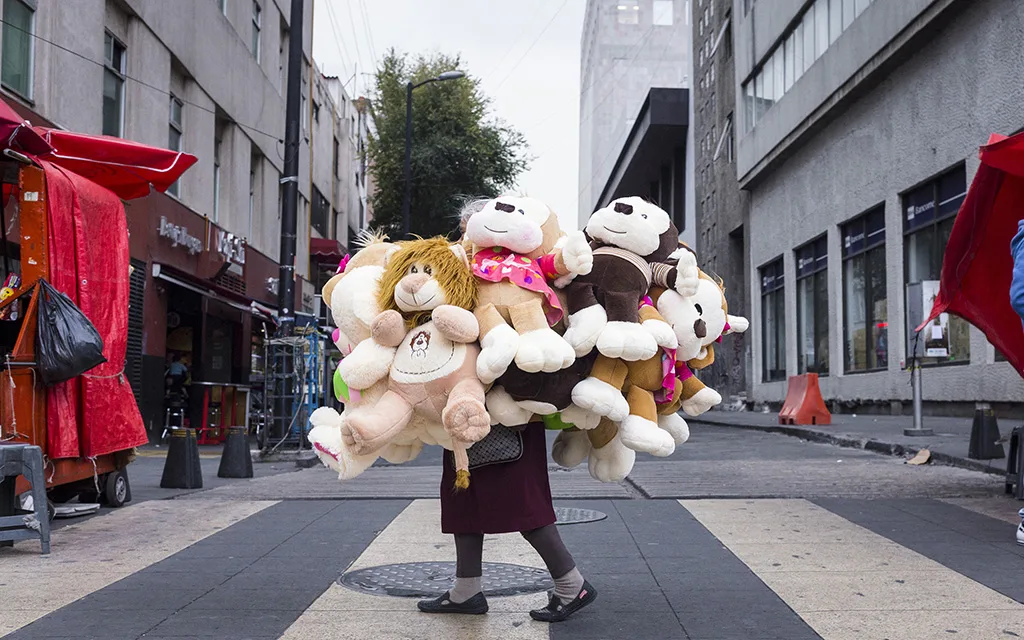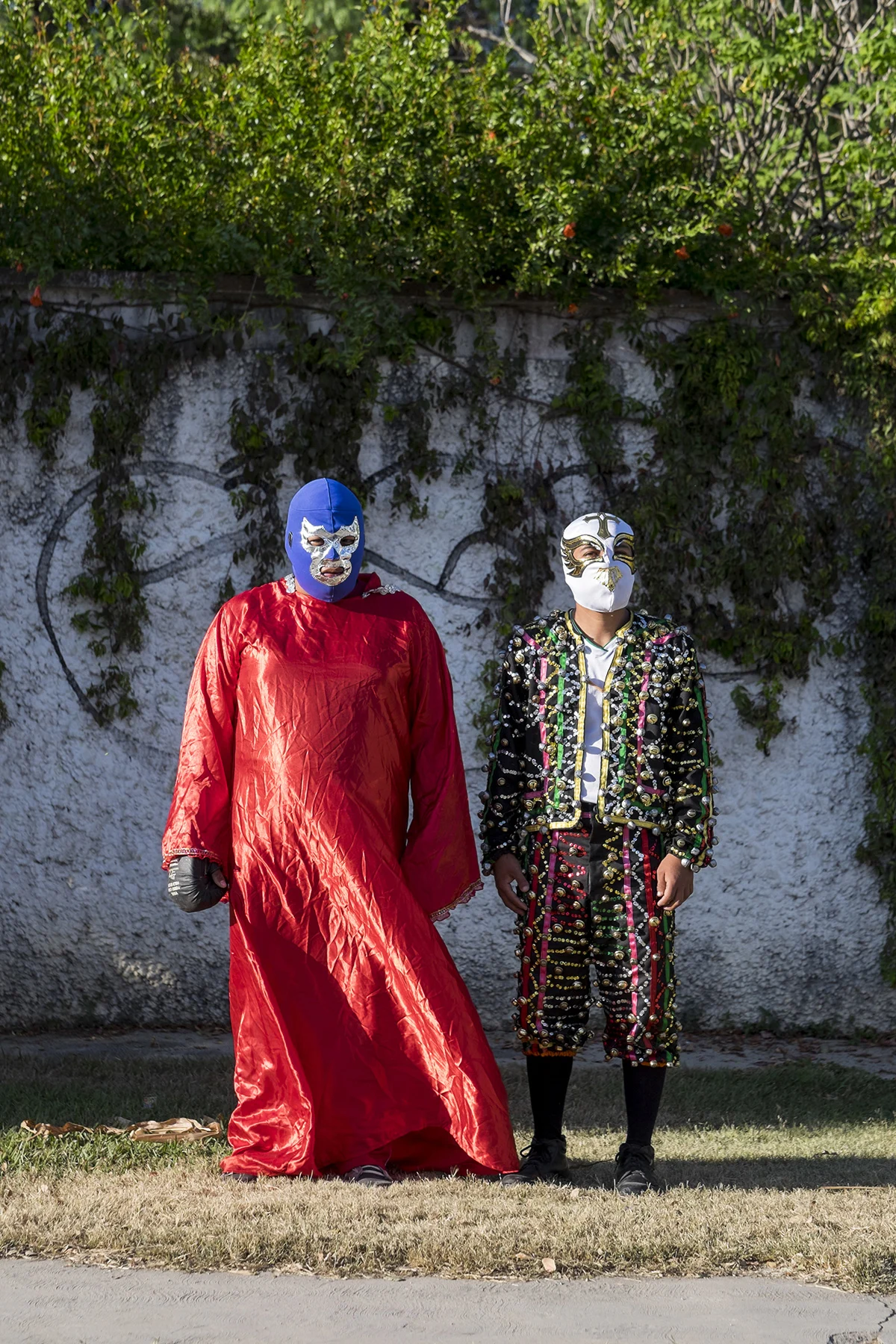

How do creatives capture a sense of place? How can one person hope to distill the essence of a city, which has so many perspectives? Well, one way to tackle it is take other creatives along with you. That's the idea behind Tripod City, a UK-based collective of three photographers with three different styles, who descend on the same place with their cameras to see what they find.
Having ticked off China and Ghana already, last year Charlie Kwai, Paul Storrie and Chris Lee, set out for Mexico to experience its culture and debunk some of its persistent stereotypes.
Each location they visit informs the next – China, with its polished buildings and ordered life felt almost alien to them, so next they went for the rougher, more freewheeling streets of Ghana. Then from a place they knew very little about in advance, they chose a place which comes with all sorts of visual preconceptions.


“When you look at Mexico it has very clear stereotypes,” Charlie says. “It is often portrayed as cartel land. That pushed us to go and tell an alternative story.”
The result is a beautiful series called Sweet Dreams, which “delves into the heart and soul of Mexico, exploring love, life and death.”
We see couples in love, people waiting at a bus stop, a girl in an extravagant pink dress casually taking a phone call on a bench, and an eerie skeleton with its arms wide open, inviting you to come to the other side.

Interestingly, the photographers decided not to credit their photos, which leaves the viewer to figure out who shot which particular picture. “To put it all together and not tell the audience who each photograph was shot by, it kind of becomes one person I suppose,” Charlie says. “We use the collaboration to develop ourselves as individual photographers. We get the opportunity to be an extreme version of ourselves.
“All my photos are super up-close and really candid, whereas away from the collaboration, I'm not always like that. It helps us craft our own voice,” he explains.
Indeed when studying the photos, you start to notice and identify there are three distinct approaches at play.
Charlie, as he explains, runs around with a flash camera and gets into people’s faces, resulting in very immediate, intimate, street photography. Another (Chris) takes a step back and assumes the role of an observer, placing his subjects into their context. The third (Paul) shoots posed portraits, an extra staged layers in the high-energy theater of the streets.


For Charlie, visiting these countries has taught him how to dive deep into a new culture. “In London you can second guess certain people and how they react," he says. "You know you're safe and you can get away with it. But when you go to places like Mexico and Ghana, it's a whole different ball game.
“I try to get into the zone, learn how things go on the street, learn the lingo a little bit. You fast-track yourself into almost becoming a Mexican or Ghaniain. If you appear as an tourist or foreigner all the time you won't be as intimate as you'd like to be,” he continues.
“And that's what the project is really about – it’s about portraying an intimate street photography version of that country.” In this sense, it seems that three lenses really are better than one.

